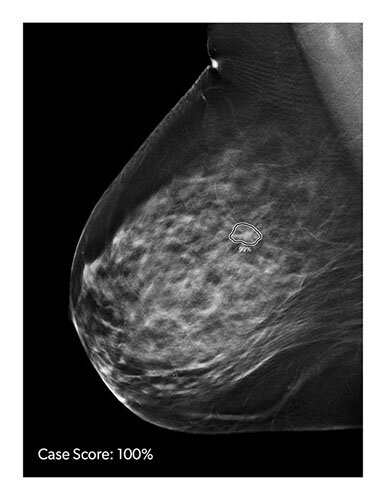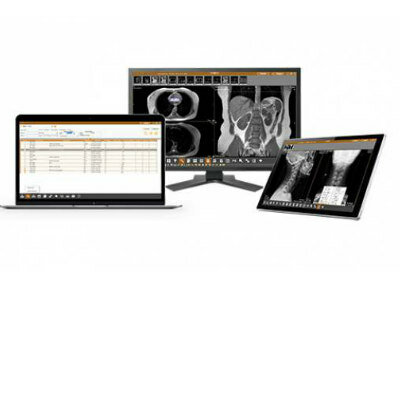First Neuroimaging Study to Show How Culture Influences Brain Function
By MedImaging staff writers
Posted on 04 Feb 2008
People from different cultures use their brains differently to solve the same visual perceptual tasks, investigators reported in the first brain imaging study of its kind.Posted on 04 Feb 2008
Psychologic studies have established that American culture, which values the individual, stresses the independence of objects from their contexts, whereas East Asian societies emphasize the collective and the contextual interdependence of objects. Behavioral studies have shown that these cultural differences can influence memory and even perception. However, investigators in this study tried to determine how they are reflected in brain activity patterns.
To find out how this theory works, a team led by Dr. John Gabrieli, a professor at the McGovern Institute for Brain Research at the Massachusetts Institute of technology (MIT; Cambridge, MA, USA), asked 10 East Asians recently arrived in the United States and 10 Americans to make quick perceptual judgments while in a functional magnetic resonance imaging (fMRI) scanner--a technology that maps blood flow changes in the brain that corresponding to mental operations.
The results were reported in the January 2008 issue of the journal Psychological Science. Other study investigators were from the State University of New York at Stony Brook (USA); and Stanford University (Stanford, CA, USA).
The study participants were shown a series of stimuli consisting of lines within squares and were asked to compare each stimulus with the previous one. In some trials, they judged whether the lines were the same length regardless of the surrounding squares (an absolute judgment of individual objects independent of context). In other trials, they decided whether the lines were in the same proportion to the squares, regardless of absolute size (a comparative judgment of interdependent objects).
In earlier behavioral studies of similar tasks, Americans were more accurate on absolute judgments and East Asians on relative judgments. In the current study, the tasks were easy enough that there were no differences in performance between the two groups.
However, the two groups showed different patterns of brain activation when performing these tasks. Americans, when making relative judgments that are characteristically harder for them, activated brain regions involved in attention-demanding mental tasks. They demonstrated much less activation of these regions when making the more culturally familiar absolute judgments. East Asians showed the opposite tendency, engaging the brain's attention system more for absolute judgments than for relative judgments.
The researchers then demonstrated that the effect was greater in those individuals who identified more closely with their culture. They used questionnaires of preferences and values in social relations, such as whether an individual is responsible for the failure of a family member, to assess cultural identification. Within both groups, stronger identification with their respective cultures was associated with a stronger culture-specific pattern of brain-activation.
Related Links:
Massachusetts Institute of Technology














